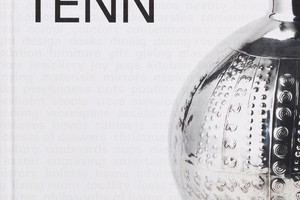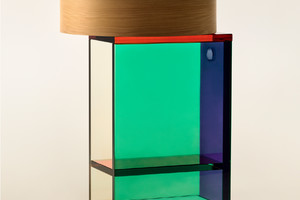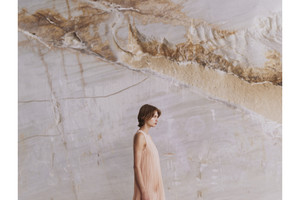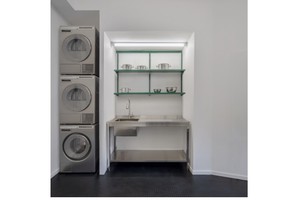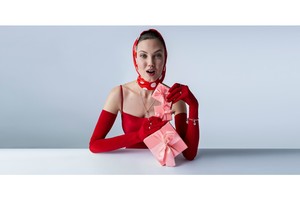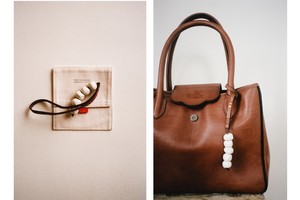How fashion brands are capitalizing on the normcore hype – and what it means for the industry
Written by Emil Björnius by AliciaThe term “normcore” is derived from “normal” and “hardcore,” and it came to denote a fashion trend characterized by average-looking, unbranded, and often unisex apparel some years ago. Think plain tees, dad jeans, and baseball caps. At its core, normcore is about embracing sameness rather than striving for differentiation – but how is this phenomenon impacting the fashion industry?
Fashion is cyclical, constantly in flux as trends emerge, fade, and resurface. One of the more surprising shifts in the last decade has been the rise of “normcore,” a
movement that eschews conspicuous consumption and overtly branded apparel in favour of unpretentious, average-looking clothing. However, it's no longer just about “dressing ordinary”: It's about the message behind it and the art of intentional simplicity. You may think of it as a reaction to overconsumption, extravagance and flamboyance, not seldom associated with the fashion industry. Major fashion brands are quickly catching on and, in turn, capitalizing on it. And this fall, many suggest that normcore will return in grand style.
Initially, the normcore movement may have appeared antithetical to high-end fashion brands, which thrived on exclusivity and bold, unique designs. But as the trend
gained traction, fashion brands saw an opportunity. Brands like Gucci, Balenciaga, and Calvin Klein have released lines that, at a glance, seem plain or commonplace. Still, they often carry subtle branding or high-quality materials that set them apart. Celebrities known for their fashion-forward styles have been spotted donning normcore staples, whether Kanye West in a plain sweatshirt, Kendall Jenner in vintage jeans or Leo Dicaprio in a washed-out hoodie. Brands capitalize on these moments, marketing their 'plain' pieces as must-haves. So, how will normcore affect the fashion industry?
In the short term, brands will have to be able to distinguish between marketing their normcore items as exceptional and 'ordinary.' It requires a nuanced approach that
sells an idea or a feeling more than the item itself. With a focus on essential pieces, brands might streamline their supply chains. Less complexity in designs could mean easier production processes and potentially reduced costs. In the long term, however, the normcore movement, emphasizing timeless basics, aligns well with the push towards sustainable fashion. Consumers might keep their pieces longer, leading to decreased turnover and waste. As more people invest in quality basics, the appeal of fast fashion – notorious for its quickly changing styles – might diminish. Also, the unisex nature of normcore fashion promotes a more
gender-neutral approach to fashion. This could lead to more inclusive sizing and designs in the long run. While seemingly celebrating the mundane, Normcore has profound implications for the fashion industry. It challenges brands to rethink their strategies, encourages sustainability, and promotes inclusivity. And maybe this is a shift that will last. Gen Z is the first generation to grow up with the internet, smartphones, and social media as pervasive elements of daily life. The endless feed of online influencers and celebrities touting distinct personal styles can create a sense of fatigue. Normcore can very well be seen as a counter-movement.


